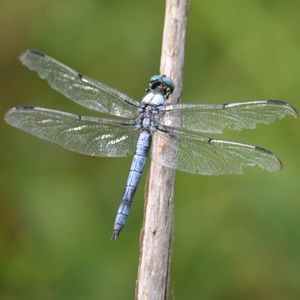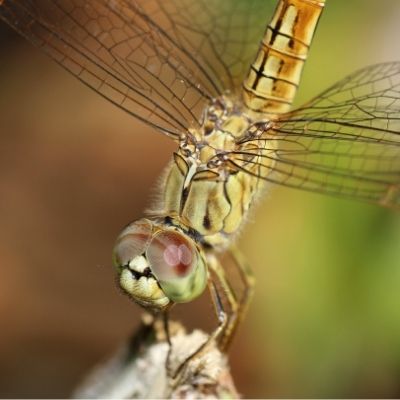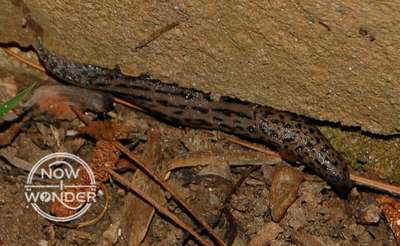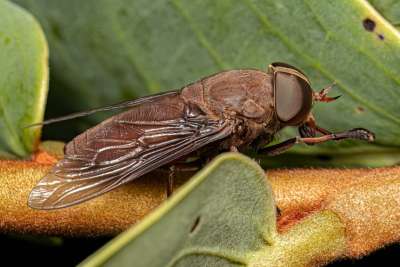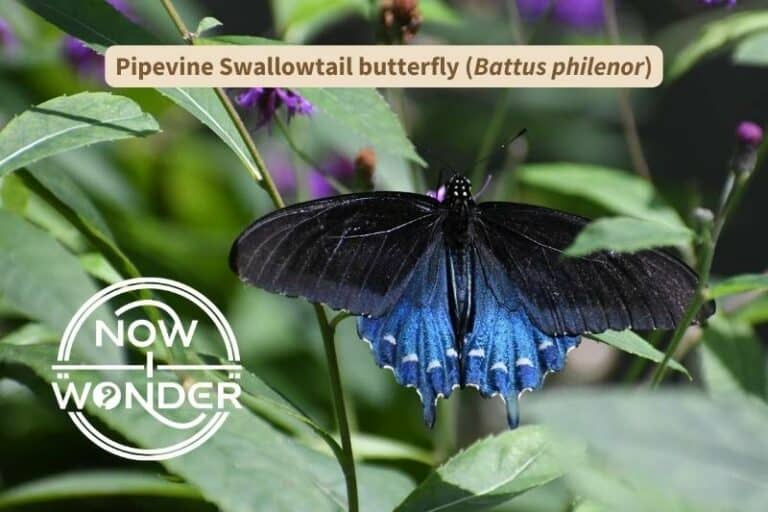Reptiles are ancient animals that populated the earth long before mammals and birds and are very different in many important ways from other members of the animal kingdom. It is natural to wonder just how deep the differences go. One common question asked about reptiles is “Do reptiles have hearts?”
Reptiles have muscular hearts made up of two kinds of chambers; atria and ventricles. Lizards, turtles, and snake hearts have three chambers; a right atrium, a left atrium and a single, shared ventricle. Crocodiles and alligators have four-chambered hearts with two separate ventricles.
Reptiles are vertebrate animals, meaning they have backbones like mammals and birds, and modern reptile lineages consist of lizards, turtles, snakes, and crocodilians like alligators, crocodiles, and gharials. The heart is only a portion of the circulatory system upon which reptiles depend. This post highlights the important ways that reptile hearts differ from those of other animals like mammals and birds.
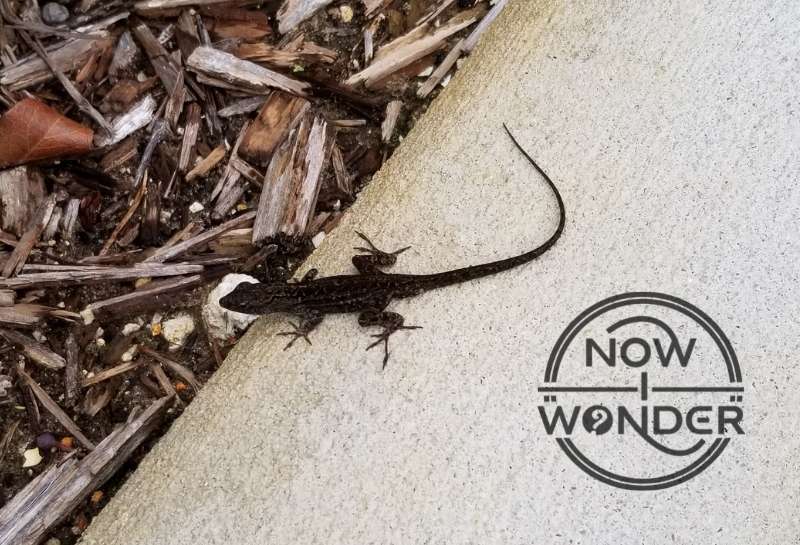
Overview of vertebrate heart and circulatory systems
An animal’s heart is a muscular pump that pushes oxygenated blood through the animal’s body by contracting to squeeze blood through the blood vessels, allows oxygen and carbon dioxide to be exchanged with body cells, and returns the deoxygenated blood to the heart to be reoxygenated in the lungs, then cycled through the body again.
Blood enters the heart and is collected in chambers called “atria”, which contract and push the blood into chambers called “ventricles”. When ventricles contract, blood is pushed out of the heart through blood vessels to either the pulmonary circulation or the systemic circulation.
Pulmonary circulation brings blood to the lungs to be oxygenated, while systemic circulation carries oxygenated blood out to the body cells. Vertebrate animals like reptiles have “closed circulatory systems, which means the blood pumped by the heart is contained in flexible, muscular tubes vessels throughout the body.
These vessels increase in number and shrink in diameter with distance from the heart and lungs. The largest diameter vessels connect directly to the heart; those that return blood from the body are called “veins” while those that transport blood out of the heart are called “arteries”.
Reptile hearts
Most reptiles have hearts made up of a right atrium, left atrium, and a single ventricle (Aspinall and Cappello 2020). This is in contrast to mammalian hearts that have two atria and two ventricles. Reptiles within Order Crocodilia have four-chambered hearts; they are the exception within Class Reptilia.
Any heart must push blood out towards two separate destinations – the lungs and the body. The is an easy feat to accomplish for animals with four-chambered hearts; each ventricle sends blood to one location. This anatomical division prevents oxygenated blood from mixing with unoxygenated blood.
Reptiles must accomplish the same goals with only one ventricle to work with. Both oxygenated and unoxygenated blood enter the single ventricle and have to be kept separate somehow in order to keep the blood from mixing. These animals have evolved a complicated but elegant solution to the problem.
Ventricle is lined with folds
The inside of a reptile’s ventricle is lined with folds that help direct the flow of blood from the atria to different portions of the ventricle.
While all connected, the folds essentially create three compartments: the cavum venosum, the cavum arteriosum, and the cavum pulmonale (Pereira and Pizzi 2012).
When the heart muscle is relaxed and the chambers are filling with blood (“diastole”), unoxygenated blood coming from the body moves from the right atrium into the cavum venosum and the cavum pulmonale. Oxygenated blood returning from the lungs moves from the left atrium into the cavum arteriosum.
Ventricle contracts in sequence
Once the three compartments within the single ventricle are filled with blood, they contract in a sequence.
The muscles that form the cavum venosum and cavum pulmonale contract first, send the deonygenated blood out to the lungs through the pulmonary artery.
Once these portions of the ventricle contract, the cavum arteriosum contracts and pushes oxygenated blood into the aortic blood vessels and into the systemic circulation (Pereira and Pizzi 2012).
Blood pressure is higher within the pulmonary circulation than in the systemic circulation and this pressure differential lets the majority of the blood get directed to the body (Doneley et al. 2018), even when the heart has only one ventricle to rely on.
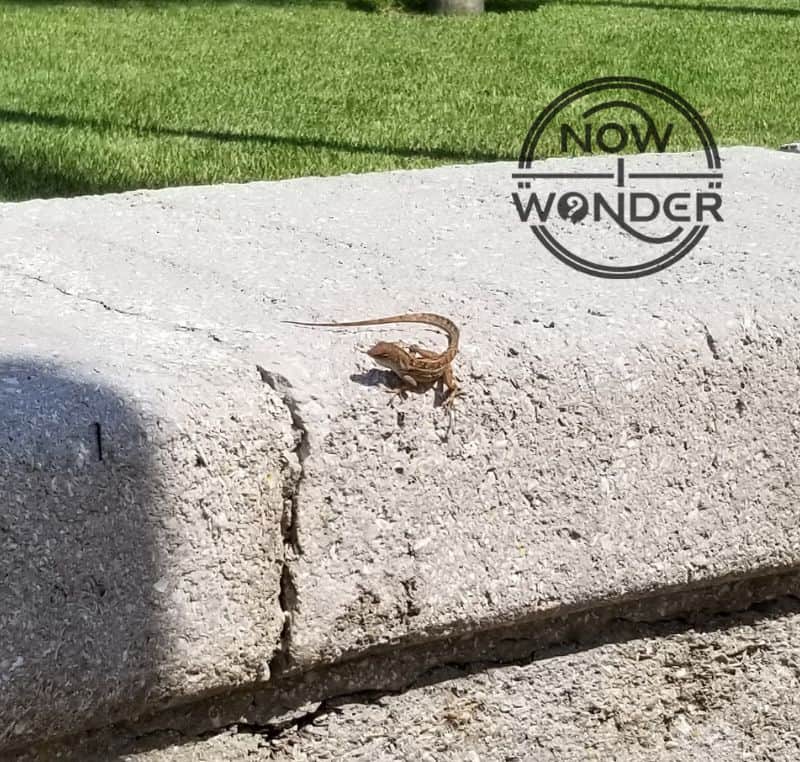
Adaptations for when lungs aren’t needed
Normally, reptiles need to breathe and the blood flows out of the ventricle along the pressure gradient. But if the reptile isn’t breathing or can’t breathe, sending blood to the lungs is wasted effort and reptiles have evolved an ingenious solution to this challenge as well.
There are two times when some reptiles stop breathing: during estivation and diving underwater.
Estivation is a state of dormancy that some reptiles enter during sustained periods of very high temperatures when food or water is scarce and dehydration is a dangerous concern.
Reptiles that estivate essentially slow down to conserve energy. Their metabolisms, heart rate, cardiac output (the amount of blood pushed out of the heart with every ventricular contraction), and breathing rate all decrease until the animals sense that environmental conditions have improved.
Some reptiles with three-chambered hearts, like the aquatic River Cooter turtle (Pseudemys concinna), spend at least some of their time diving and holding their breath under water.
The pressure from the water and not breathing makes the pressure in the pulmonary circulation even higher, which increases the pressure difference that already exists between the pulmonary and systemic blood vessels (Pereira and Pizzi 2012). When these reptiles dive underwater, more blood gets shunted to their bodies and less to their lungs because of these pressure changes.
Even though reptiles like crocodiles and alligators have four-chambered hearts, their hearts and blood flow respond the same way when they dive underwater and hold their breath. Their normal pulmonary pressure is higher than the systemic pressure, just like their three-chambered cousins.
Crocodilians experience the same increase in pulmonary pressure when underwater so their blood is shunted away from the lungs and to the body as well. Even though these animals aren’t taking in fresh oxygen, they can sustain themselves on the oxygen already attached to the hemoglobin of their red blood cells, especially since blood flow to the body tissues is increased because of the shunting effect of the pressure changes.

Adaptation for preserving blood flow
Reptiles evolved another interesting circulatory system adaptation which mammals don’t have: a “renal portal system”. The blood vessels of the renal portal system carry blood from the hind limbs and tail directly to the kidneys rather than the heart.
Many reptiles inhabit hot, dry environments like deserts where dehydration is always a risk. When a reptile becomes dehydrated, blood volume decreases and so does blood flow to the kidneys. Kidney cells will die if the blood flow drops too much so the renal portal system keeps the kidneys supplied with blood to keep the kidney tissue alive (Doneley et al. 2018).
The renal portal system is an incredibly valuable adaptation for helping reptiles conserve water and is one of reasons they are able to inhabit extreme environments that challenge other animals like mammals and birds.
Conclusion
Reptiles not only have hearts but their hearts are remarkable and have helped them survive over many millions of years.
Related Now I Wonder Posts
To learn more about reptiles in general, check out these other Now I Wonder posts:
- Do reptiles have cold blood?
- Can reptiles get too hot?
- Can reptiles get too cold?
- Why can’t reptiles chew?
- Do reptiles lay eggs?
- Do reptiles give birth?
References
Aspinall V, Cappello M. 2020. Introduction to Animal and Veterinary Anatomy and Physiology. 4th ed. CABI.
Doneley B, Monks D, Johnson R, Carmel B. 2018. Reptile Medicine and Surgery in Clinical Practice. Newark: John Wiley & Sons, Incorporated.
Pereira YM, Pizzi R. Echocardiography of the weird and wonderful: tarantulas, turtles, and tigers. Ultrasound 2012:20: 113-119. Available at: DOI: 10.1258/ult.2011.011046


